How to Multiply Polynomials
To be successful in multiplying polynomials, you will need to apply the knowledge learned from the following two prerequisite topics:
Product Law of Exponent
The rule states that when multiplying two exponential expressions with the same base, simply copy the common base and then add their exponents.

Adding and Subtracting Polynomials
The key idea is that we can only add or subtract similar or like terms.
To review, check out our separate lesson on how to add and subtract polynomials.
Let’s go over some examples.
Examples of How to Multiply Polynomials
Example 1: Simplify by multiplying the two monomials

Each of the expression inside the parenthesis is a polynomial that is given a special name known as a monomial because it contains one term. To get the product of these monomials, we will multiply the coefficients and the variables separately then put them together to arrive at the final answer.
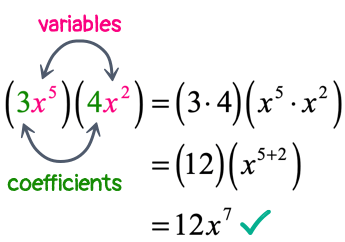
Example 2: Simplify by multiplying the three monomials

This example is very similar to example 1. The only difference is that we are now multiplying three monomials. I want to point out that the third monomial has a coefficient of [latex] – 1[/latex], and an exponent of [latex] + 1[/latex]. Thus,
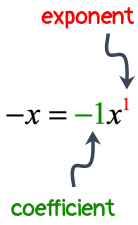
Multiplying them, we should get
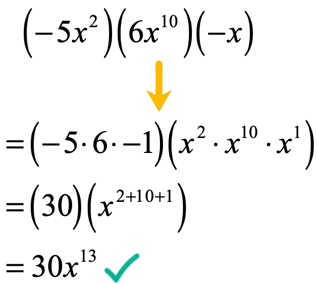
Example 3: Simplify by multiplying the monomial to a binomial

The expression inside the second parenthesis is a binomial because it is a polynomial with exactly two terms. The approach here is to apply the distributive property of multiplication over addition. In other words, we are going to take the monomial [latex]{9{x^3}}[/latex] and multiply it by the two terms of the given binomial, [latex]{ – \,4{x^2} + 2x}[/latex].
It should look like this.
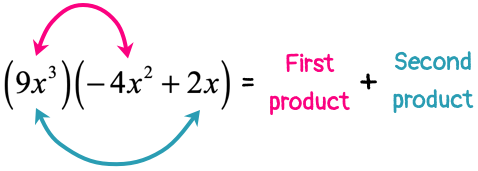
Working this out, we have…
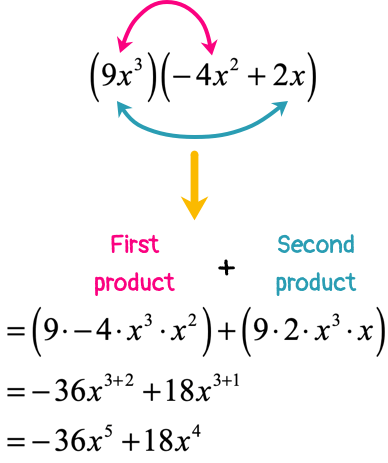
Example 4: Simplify by multiplying the monomial to a binomial

Solution:
- Step 1: Distribute by multiplying the monomial into the first term of the binomial inside the parenthesis.
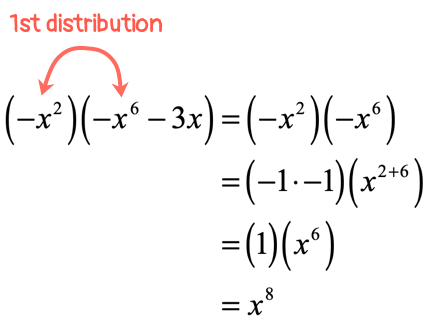
- Step 2: Distribute by multiplying the monomial into the second term of the binomial inside the parenthesis.
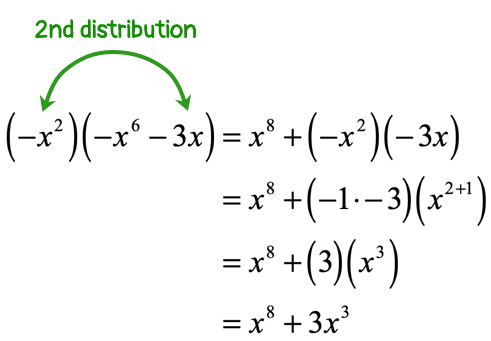
- Therefore, the final answer is

Example 5: Simplify by multiplying the two binomials

Solution:
We are going to multiply these two binomials using the “usual” method – that is, to apply the distributive property.
- Step 1: Multiply the first term of the first binomial to the first term of the second binomial. Let’s call this the first partial product.

- Step 2: Multiply the first term of the first binomial to the second term of the second binomial. This will be our second partial product.
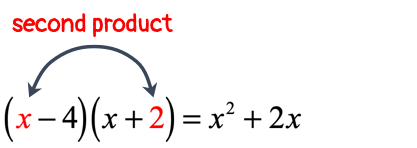
- Step 3: Multiply the second term of the first binomial to the first term of the second binomial. This will be our third partial product.

- Step 4: Multiply the second term of the first binomial to the second term of the second binomial. This will be our fourth partial product.
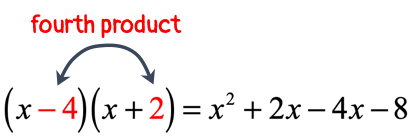
- Step 5: Combine like terms, and we are done!
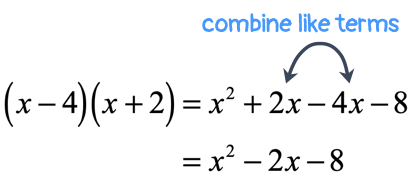
Example 6: Simplify by multiplying the two binomials using the Grid Method.

Write the first binomial, [latex]x – 4[/latex] vertically and the second binomial, [latex]x + 2[/latex], horizontally. Then multiply the corresponding terms and place the partial products in their individual square grid.
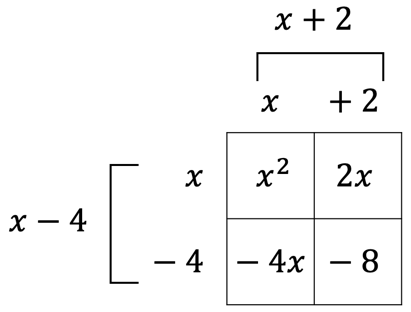
Now, add up all the terms inside the square grids. Make sure to combine like terms which in this case the [latex]x[/latex]-terms.
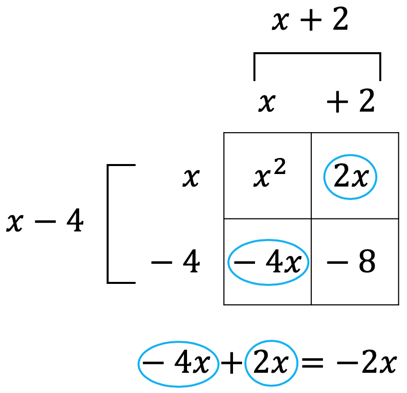
Therefore, our final answer becomes

Example 7: Simplify by multiplying the two binomials using the FOIL Method.

Solution:
- F: Multiply the first terms
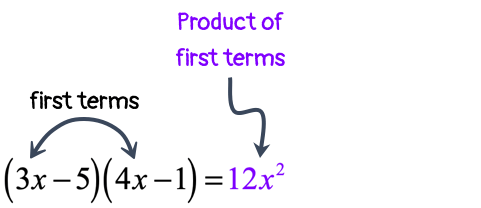
- O: Multiply the outer terms
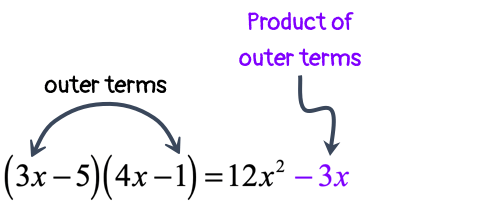
- I: Multiply the inner terms
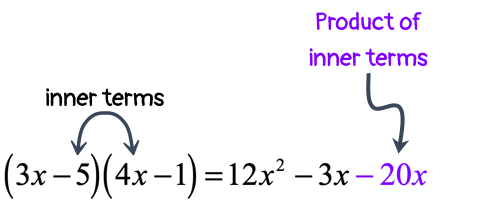
- L: Multiply the last terms
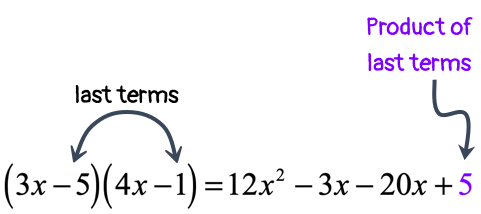
Finish this off by combining like terms to arrive at the final answer.
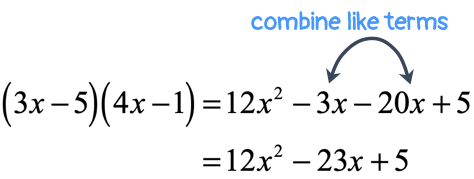
You may also be interested in these related math lessons or tutorials:
Adding and Subtracting Polynomials
Dividing Polynomials using Long Division Method
Dividing Polynomials using Synthetic Division Method
Multiplying Binomials using FOIL Method
